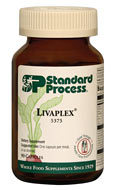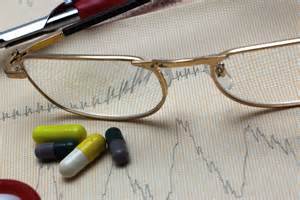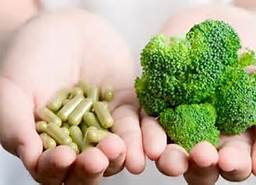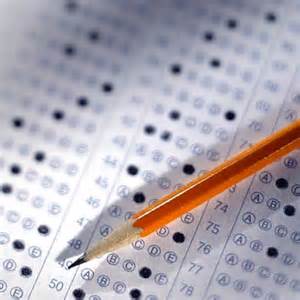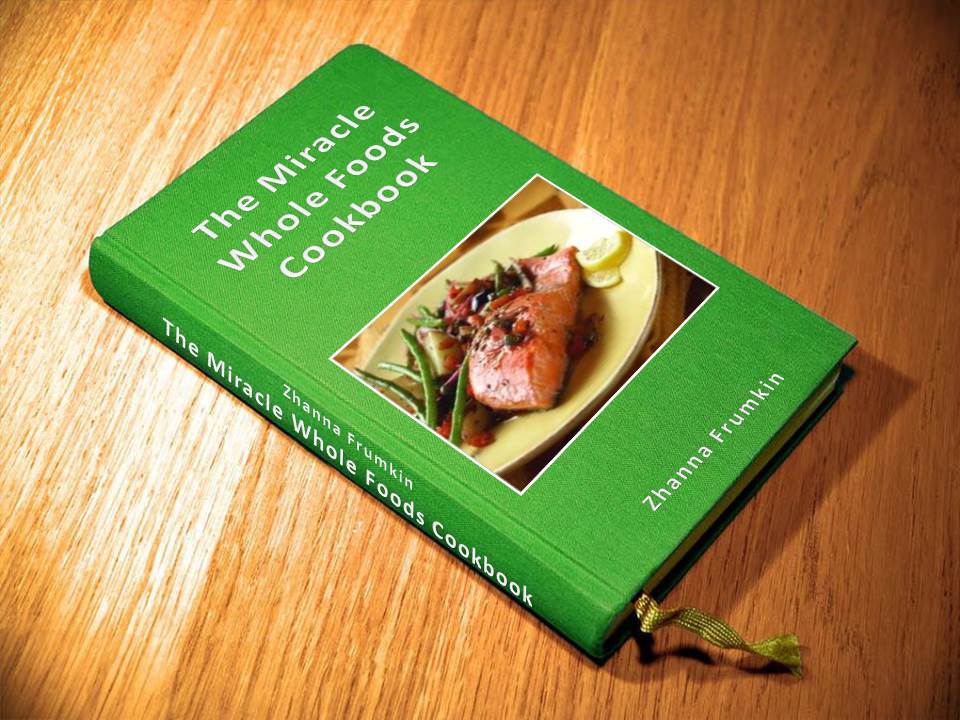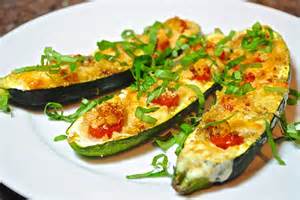How Gallbladder Works
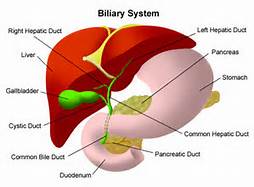
|
we mistakenly assume we are stuck with.” Deepak Chopra |
The gallbladder is part of our magnificent digestive system. Gallbladder is a sac-like organ that is located at the base of the liver. This hollow pear-shaped organ stores bile, the digestive enzyme produced by the liver. It can store just over fifty milliliters of bile which the liver has produced by emulsifying fats from foods that are partially digested. After meals, the gallbladder is empty and flat, like a deflated balloon. Before a meal, the gallbladder may be full of bile and about the size of a small pear. The organ grows to about eight centimeters in length in adults, and it is four centimeters in diameter. Every day the liver produces almost a liter of bile, and the gallbladder helps store, concentrate, and control its release.
The inner surface of the gallbladder wall is lined with mucous-membrane tissue similar to that of the small intestine. Cells of the mucous membrane have hundreds of microscopic projections called microvilli, which increase the area of fluid absorption. The absorption of water and inorganic salts from the bile by the cells of the mucous membrane causes the stored bile to be about 5 times - but sometimes as much as 18 times - more concentrated than when it was produced in the liver.
Contraction of the muscle wall in the gallbladder is stimulated by the vagus nerve of the parasympathetic system and by the hormone cholecystokinin, which is produced in the upper portions of the intestine. The contractions result in the discharge of bile through the bile duct into the duodenum of the small intestine. The bile duct is composed of three branches, which are arranged into the shape of the letter Y. The lower segment is the common bile duct; it terminates in the duodenal wall of the small intestine. A constriction at the end of the common duct, called the sphincter of Oddi, regulates the flow of bile into the duodenum. The upper right branch is the hepatic duct, which leads to the liver, where bile is produced. The upper left branch, the cystic duct, passes to the gallbladder, where bile is stored.
Bile flows from the two lobes of the liver into the hepatic and common bile ducts. If food is present in the small intestine, the bile will continue directly into the duodenum. If the small intestine is empty, the sphincter of Oddi will be closed, and bile flowing down the common duct will accumulate and be forced back up the tube until it reaches the open cystic duct. The bile flows into the cystic duct and gallbladder, where it is stored and concentrated until needed. When food enters the duodenum, the common duct’s sphincter opens, the gallbladder contracts, and bile enters the duodenum to aid in the digestion of fats.
Bile - a greenish-yellow fluid made of cholesterol, salts, pigments, water and minerals - helps to break up and emulsify fat in the digestive system. From the liver bile is secreted into tubes or ducts, which drain downward into the gallbladder. Bile is stored and concentrated there - the gallbladder can hold about a half-cup of fluid. As soon as a food containing fat touches the tongue it sends a message to the brain. This message tells the liver to make bile (a fat-digesting enzyme) and send it to the gallbladder to hold. When the food moves out of the stomach into the upper end of the small intestine (the duodenum) a signal tells the gallbladder to release its contents through the cystic duct to the common duct and into the duodenum which is where fat breakdown now mostly occurs. This is healthy fat metabolism. So if the system were so simple, what goes wrong? Bile helps to break fat into little particles to absorb by liver that makes hormones, tissue (brain tissue, nerve tissue) and also, it helps to be satisfied with meal and don’t crave sweets and digest them. Inside the gallbladder, bile gets concentrated and more potent.


